Dr. Sebi loved Mexico’s amazing people, culture, and of course, its healing herbs - Cuachalalate was one of his favorite Mexican exports and the single ingredient in Stomach Relief Tea.
Discover the potential of this ancient Mexican remedy used traditionally to relieve stomach pain, support kidney function and improve digestive health.
“Mexico has a sensation that when I go across the border I feel it.” - Dr. Sebi.
Where to Find Cuachalalate
Cuachalalate (pronounced “kwah-cha-lah-lah-tay”) is a broad-leaved Mexican tree with the botanical name Amphipterygium adstringens. The name Cuachalalate is taken from the Nahuatl (Aztec) word “Cuauchachalatli.” It’s also called:
- Cascara
- Cuachalalá
- Palo santo
- Volador
You can find Cuachalalate growing between 100 and 1,700 meters above sea level in dry, rocky hillsides, tropical jungles and deciduous forests (where trees shed their leaves every year) throughout central and southern Mexico. Cuachalalate is also native to Guatemala, Nicaragua and Dr. Sebi’s place of birth, Honduras.
Cuachalalate grows in hot, dry conditions so it’s very resistant to drought. Between July and August this tree produces small flowers and then fruits until January. There are male and female Cuachalalate trees that sometimes grow in separate regions.
The anti-inflammatory trees grow between 3 and 6 meters tall on average with gnarly trunks made of grayish/brownish wrinkled bark. It’s the bark of this remarkable tree that is sought-after and harvested and the source of polymeric tannins.
The Bark and The Bite
Cuachalalate was used to heal the afflictions of wounded soldiers during the Mexican Revolution. Because of its vibrant color from the tannins, the bark is also used to make red dye.
In Mexico, Cuachalalate is so popular and in demand that it’s become extinct in certain areas due to unsustainable harvesting practices, and since 2004 it’s recognized as an endangered species. The tree is often cut down in order to take the bark, so Cuachalalate is much slower to regenerate than other herbs.
The bark is exceptionally rich in tannins - complex organic chemicals that protect the tree from bacterial and fungal infections and provide diverse therapeutic properties. The bark is made into a brew or tea that has an enticing flavor similar to chocolate.
Cuachalalate Uses
First and foremost the tree bark is recognized as a remedy for digestive issues like colitis, indigestion and stomach complaints. It is also used in a decoction (boiled down and concentrated) to treat:
- Abscesses
- Acne
- Boils
- Cuts
- Diabetes
- Diaper rash
- Fever
- Gallbladder stones
- Liver problems
- Malaria
- Mouth ulcers
- Ovarian cysts
- Toothache
- Respiratory issues
- Varicose veins
- Wounds
Cuachalalate is also traditionally used in the treatment of:
- Cancer - studies have shown that by boosting the immune system Cuachalalate inhibits the growth of cancerous tumors. Anti-cancer researchers see Cuachalalate as a promising remedy because, unlike conventional cancer treatments, it has no risky adverse effects.
- Circulatory issues - Cuachalalate detoxifies the blood, improving the flow of oxygen around the body.
- Dental issues - due to its antibacterial properties, Cuachalalate has been used for hundreds of years for toothache, gingivitis and cavities. It’s also used to harden gums and relieve mouth ulcers. Dr. Sebi’s Tooth Powder is formulated with Myrrh Gum Powder and Encino to enhance the benefits of the Cuachalalate.
- Inflammation - Cuachalalate resin contains several anti-inflammatory compounds in high doses.
- Infections - Cuachalalate is an antimicrobial agent that has been shown to inhibit the activity of several different strains of microbe.
- UV Radiation - Cuachalalate’s botanical extracts protect the skin against UV damage.
No wonder Cuachalalate is in such high demand!
Cuachalalate Preparations
There are no standard doses for Cuachalalate; you may need to experiment to find what works best for you.
Cuachalalate Tea
- Use 2 tablespoons of Cuachalalate bark for every 8 oz of water.
- Simmer for 10 minutes or until the water darkens, then serve in a cup.
- The tea can also be applied topically.
Cuachalalate Tincture
- Use 1 part Cuachalalate bark for 4 parts of alcohol.
Cuachalate Topical Treatment
- Soak Cuachalalate in water and apply it to the site of injury/pain/inflammation.
- Drink the leftover liquid.
Healing Herbs
Dr. Sebi was greatly inspired by hundreds of years of Mexican herbal wisdom, a time-honored tradition that will benefit countless generations to come. Cuachalalate is prized so highly it's almost been harvested to extinction in its native country, while remaining relatively unknown to the rest of the world.
Herbs have an incredible power to fine-tune our biology; elevate mood, reduce inflammation and enhance health and happiness. What other game-changing herbs are still a secret for most of the world? Keep your eyes peeled for more in-depth profiles of Dr. Sebi’s favorite healing herbs.
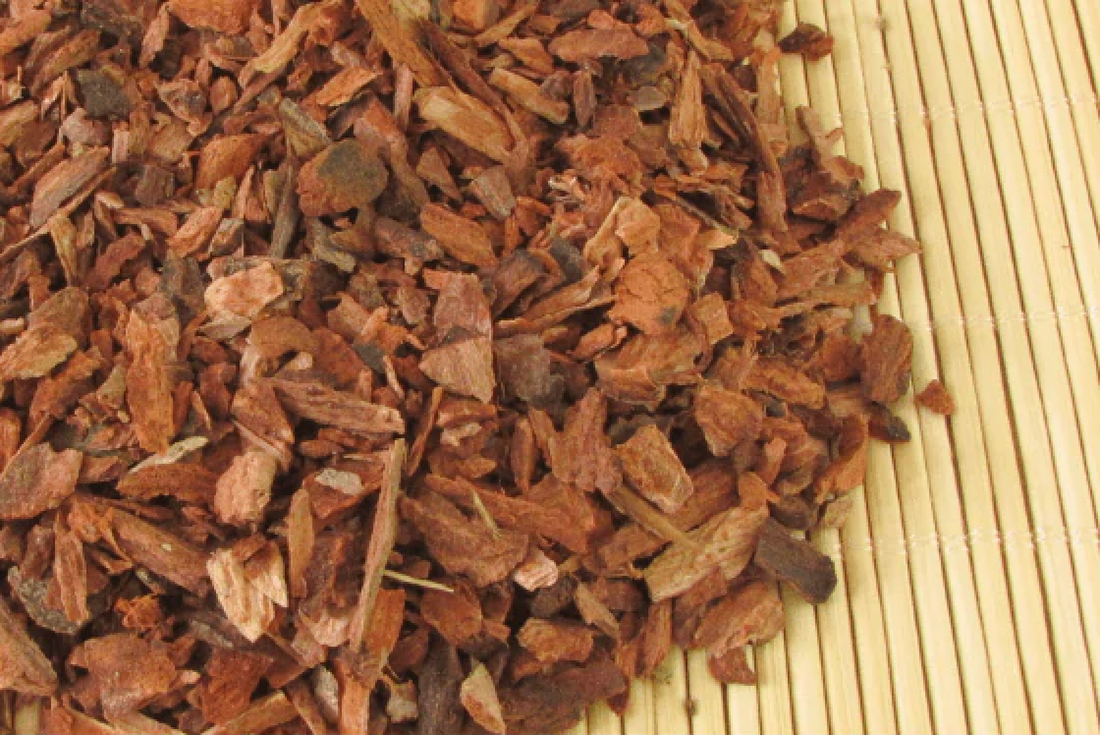
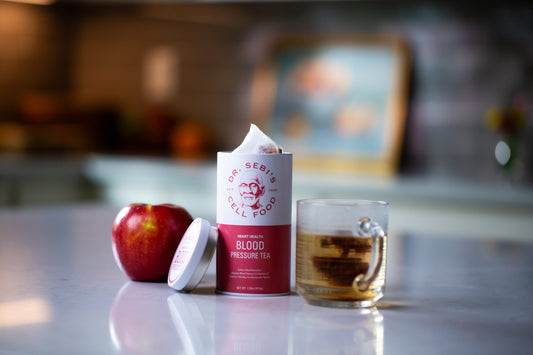
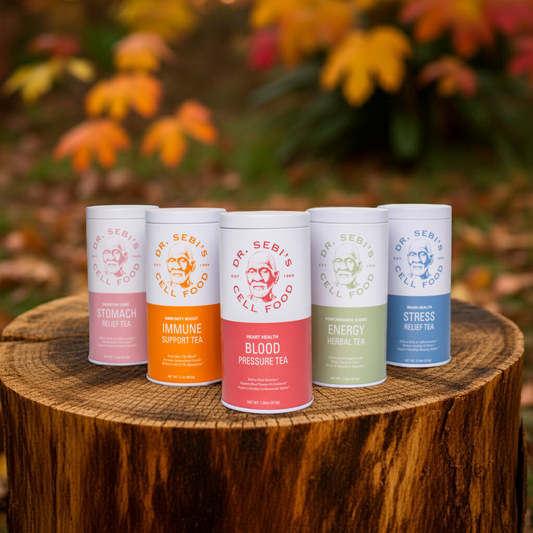
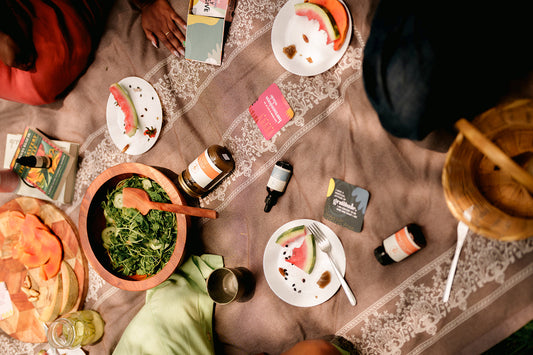
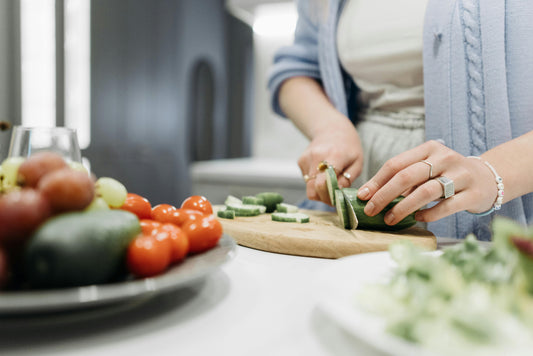

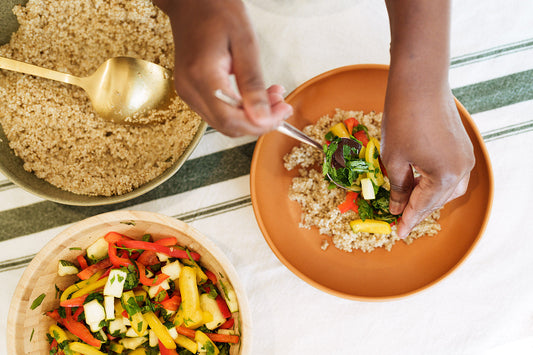



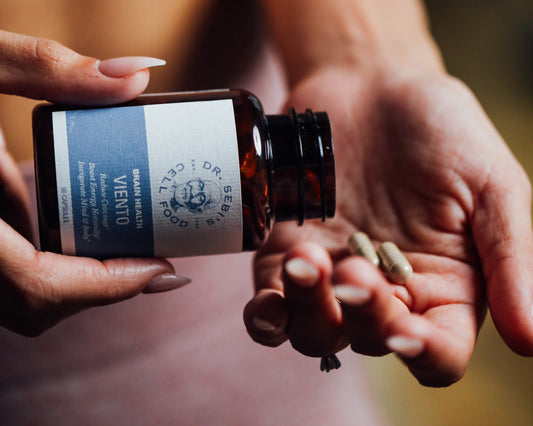
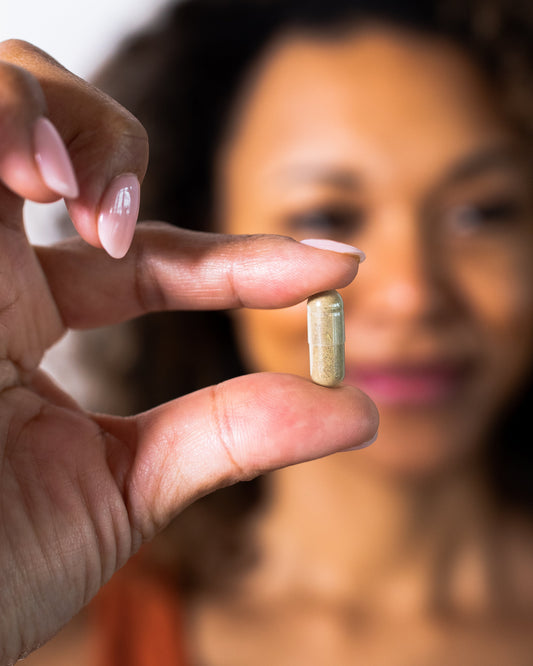

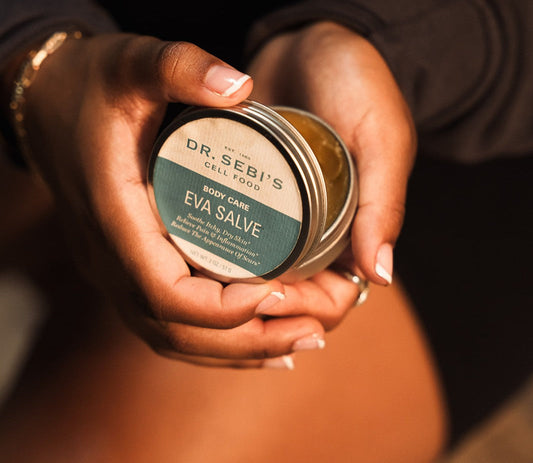
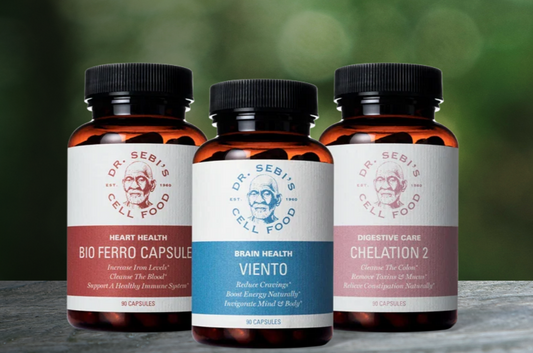
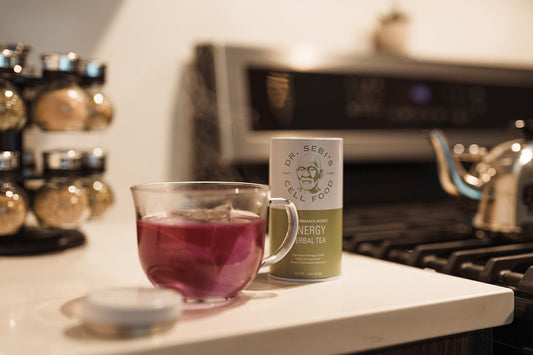
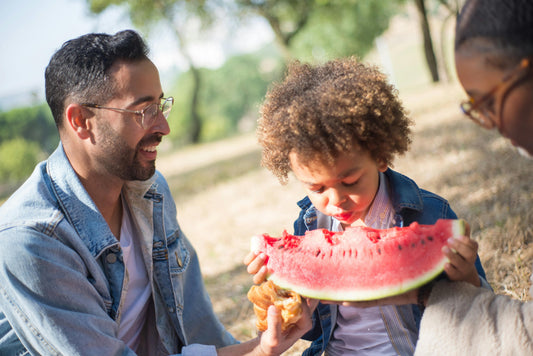
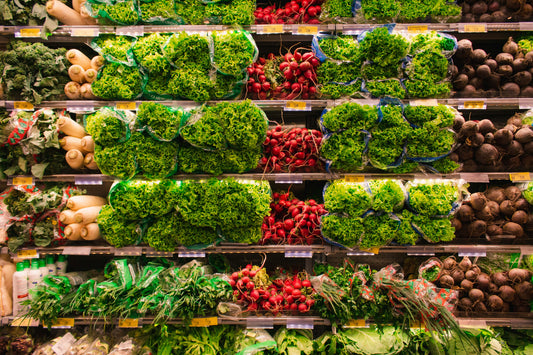
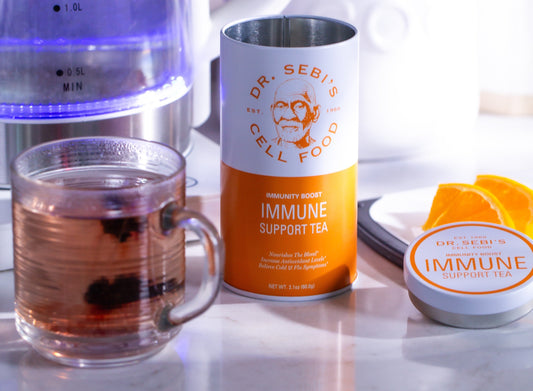

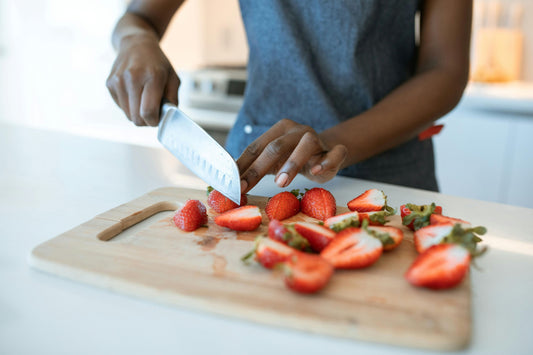

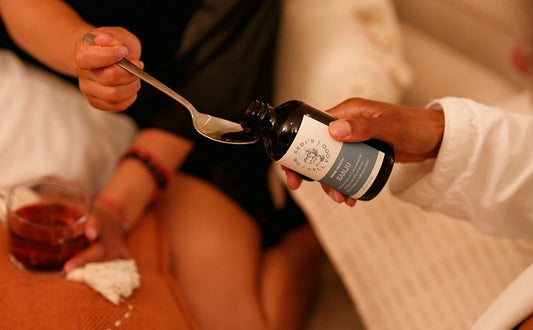
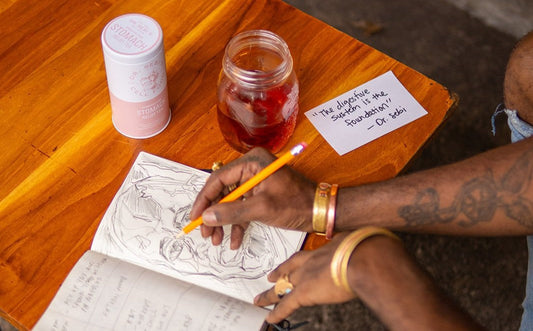

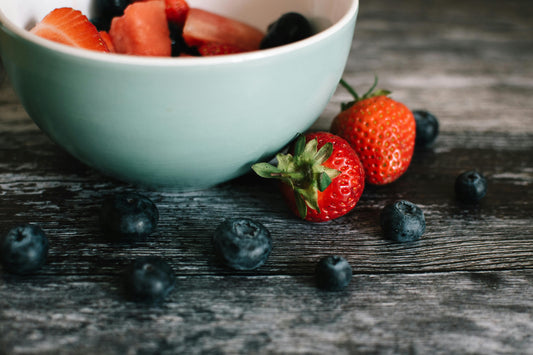
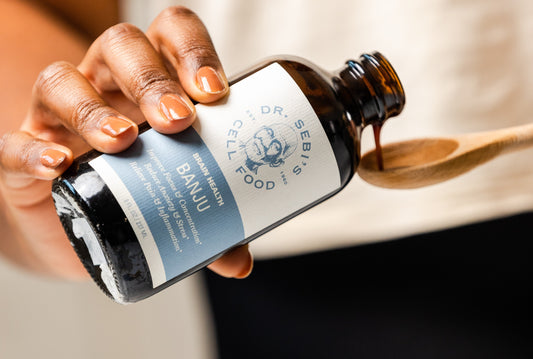
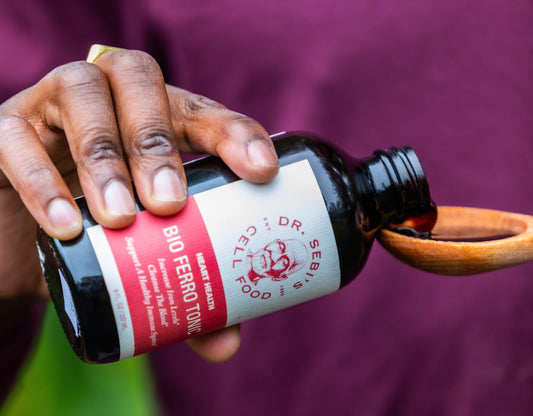

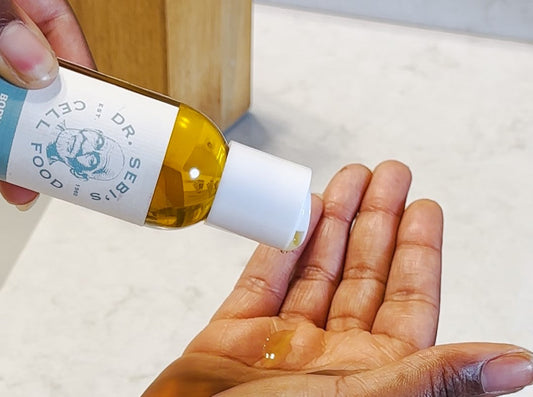


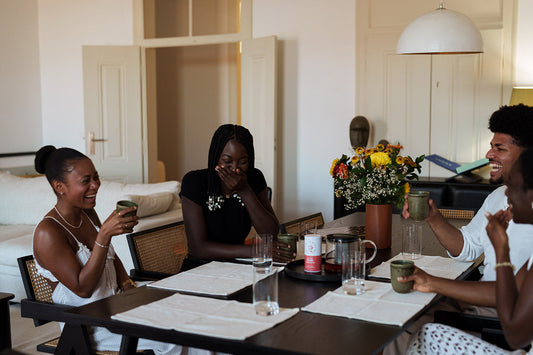
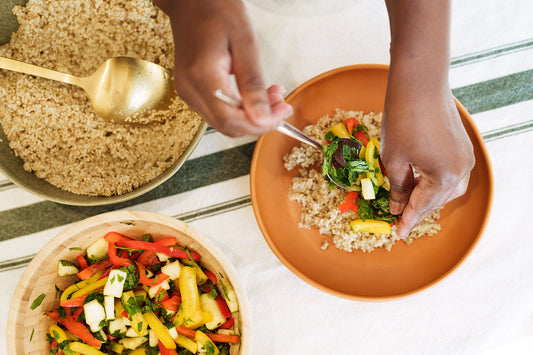
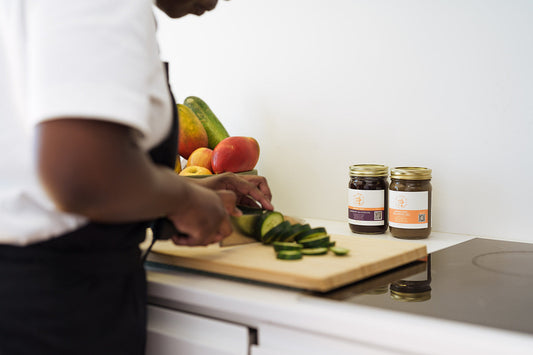
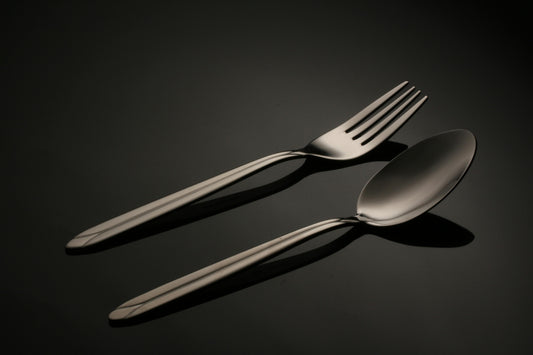
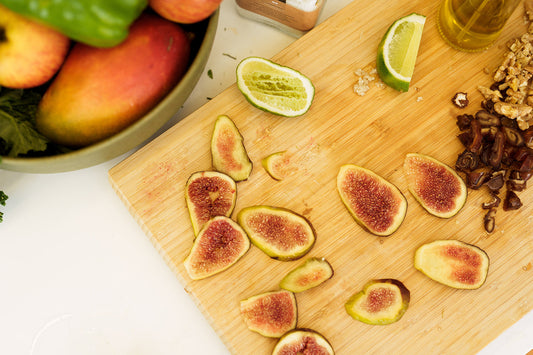

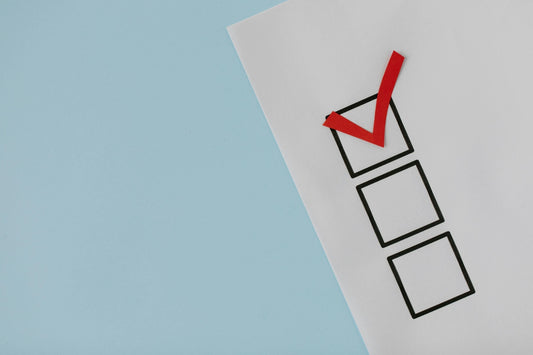
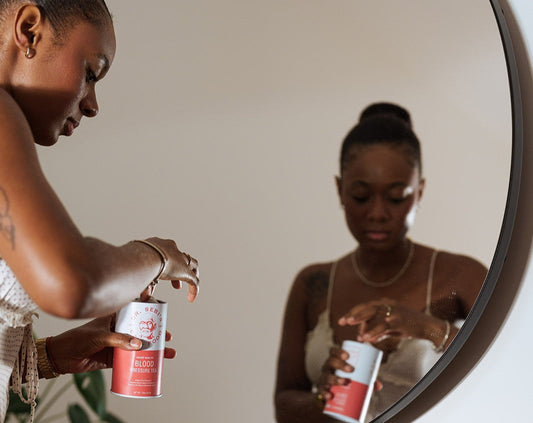



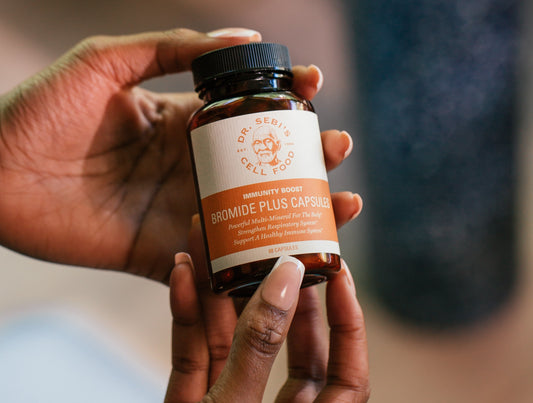
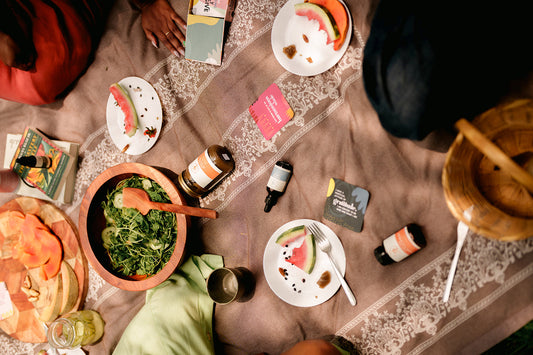

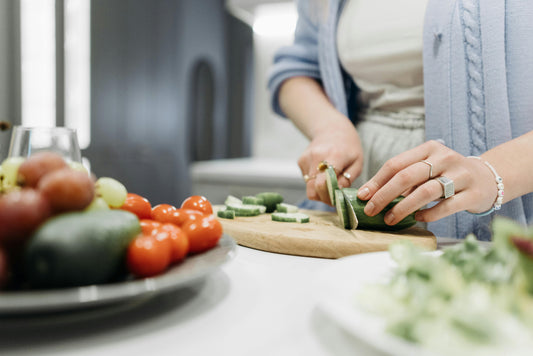
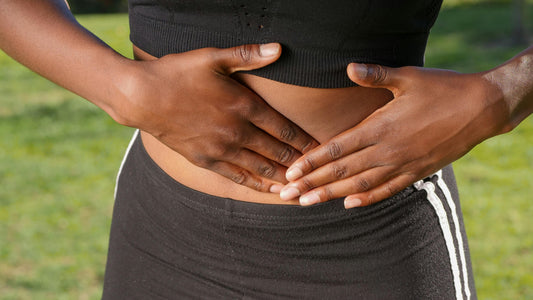
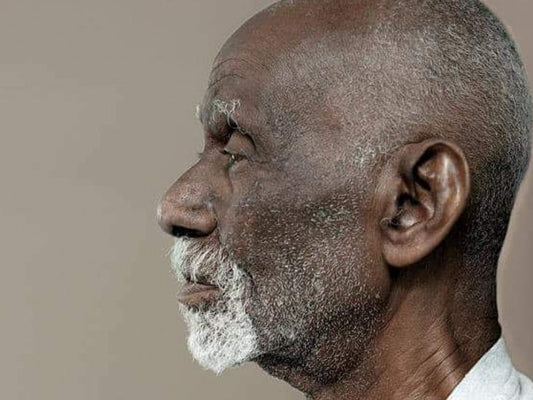
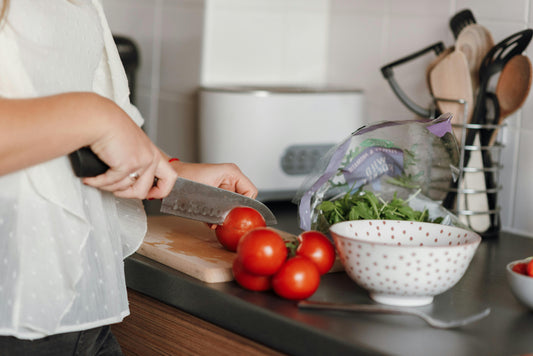

4 comments
Dr Sebi this bark is something our family has always used even known to cure blood diseases
Me encanto lo k aprendi del cuachalalate
Does drinking cuachalalate on a daily bases help with blood sugar ? Also does drinking the tea make you retain water ? I have noticed my ankles very swollen. Thank you.
Q? Will this Cuachalalate Bark Heal my Mother’s Body for Liver Cancer???
Tell me Everything I Need to Heal the Body of Cancer!!!
Thank u! 🙏🏽
Ms. Jan